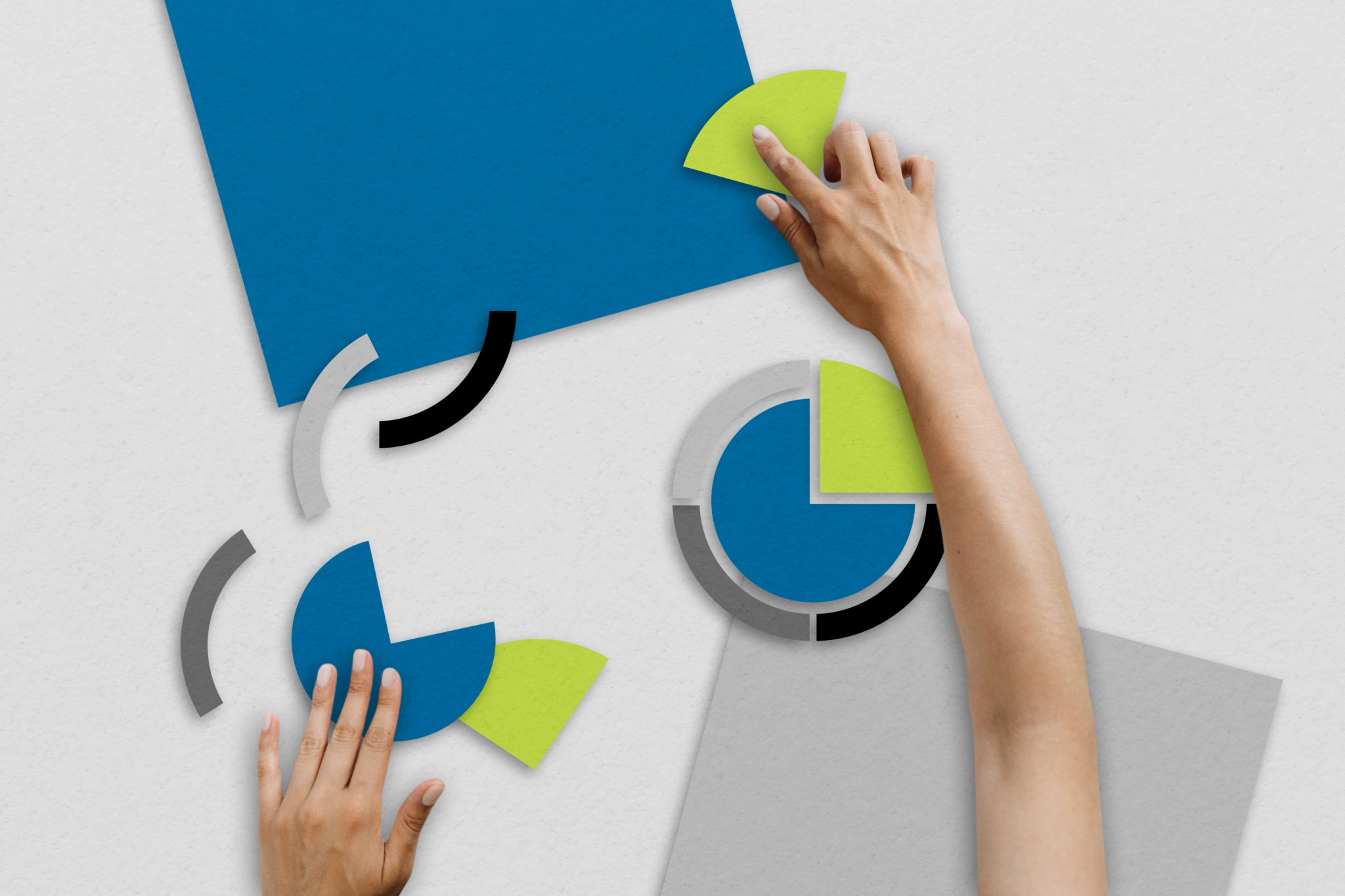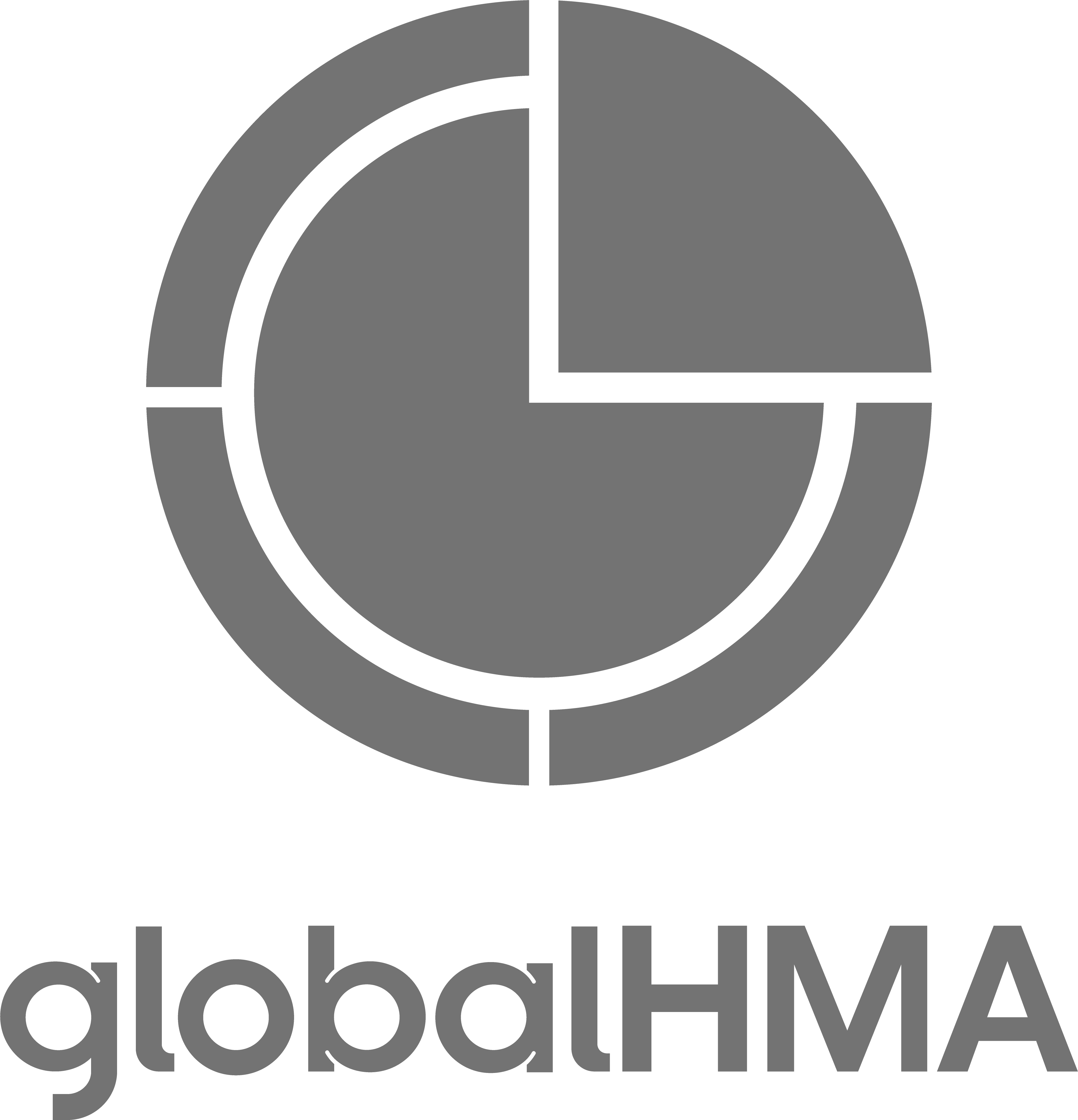Over the Thanksgiving holiday as many Americans fought Black Friday crowds, I sat quietly reflecting over the pile of books I accumulated. I cleared dusty bookshelves, cluttered nightstands and overflowing coffee tables. Like a mother hen gathering all her chicks, I searched my car trunk, beach totes and closets until all the books were gathered. Piles of old textbooks were slated for the trash. Novels and how-to books were ready to be donated to the library. The pile over which I agonized included treasured favorites, like “Sophie’s Choice.” Several would be dusted and returned to the shelf, but others would have to go. Why the house cleaning? An ultimatum made by my husband as a prerequisite to acquiring an e-reader.
I agonized over this purchase for several years thinking nothing could replace the feel of the printed page in hand. While packing for a recent vacation and noting half of my suitcase was taken over by my neglected reading list, I realized the time to purchase an e-reader had come.
Today’s generation of e-readers are lightweight and easily transported. They hold hundreds of books and have the convenience of allowing the reader to download books instantly from any Wi-Fi location. Readers choosing classics with expired copyrights will find free downloads. Many services offer inexpensive deals and specials making an e-reader an economical alternative to the printed versions.
Several of the early released e-readers, such as Kindle, Nook and Sony Reader, originated for the sole purpose of storing reading selections, but over time e-readers evolved into an integrated source of media applications including not only books, but also magazines, newspapers, movies, TV shows and internet access. Other popular tablets, such as the iPad, are versatile in their offerings, and apps, such as Stanza, will convert your iPod or iPhone into an e-reader. All these variables make e-reader options overwhelming.
Begin by deciding what features you are looking for. Consider the memory available, battery life, grayscale levels and options like text to speech features. What service is the e-reader associated with? Kindle users can access many free selections from Amazon’s library and its newly introduced lending library, while Nook reads e-pub files from public libraries and is associated with Barnes & Noble. Will you be accessing your e-reader for books only or do your want the versatile features provided by tablets like the iPad? And certainly not least, what are you comfortable spending? Now that you have identified your e-reader requirements, make your choice, take the plunge and add it to your Christmas list. With the portability of e-readers, you will never find yourself without book in hand again.




